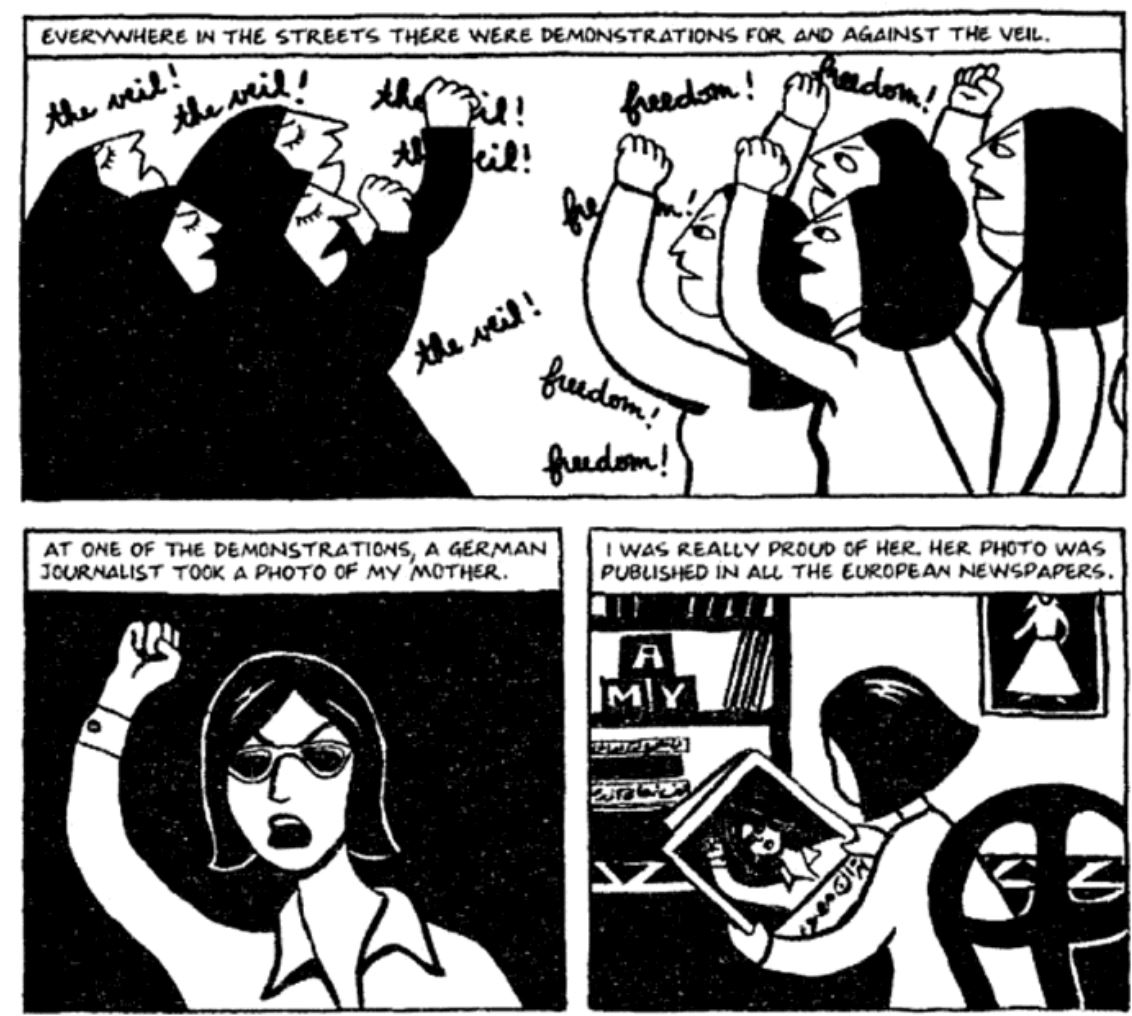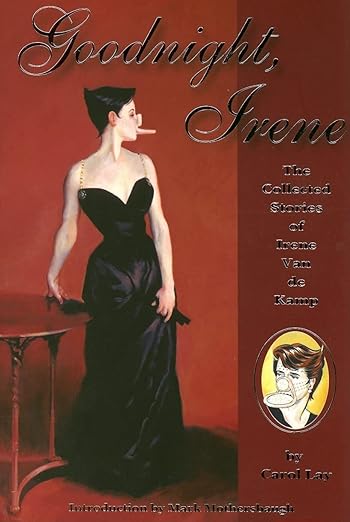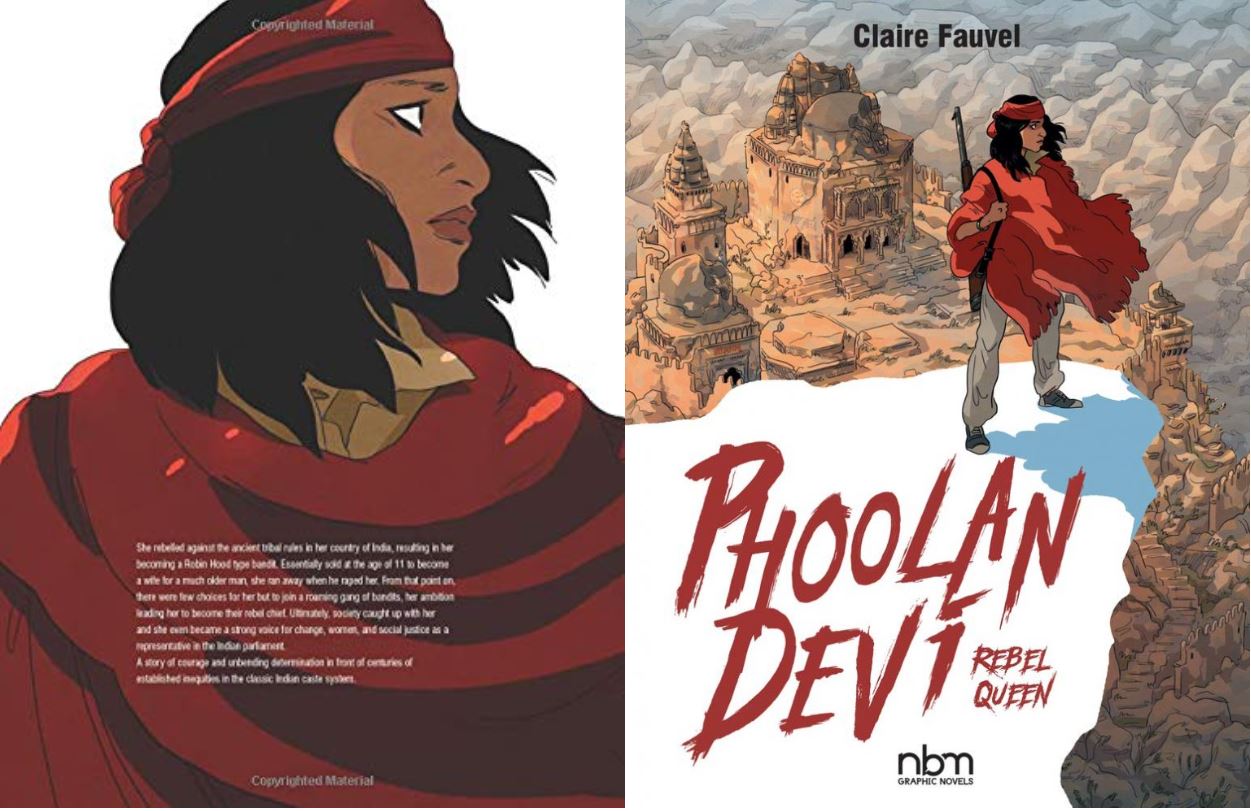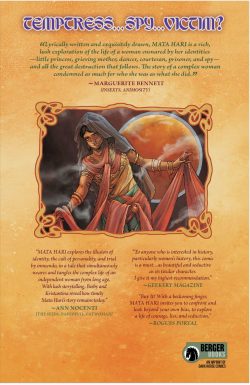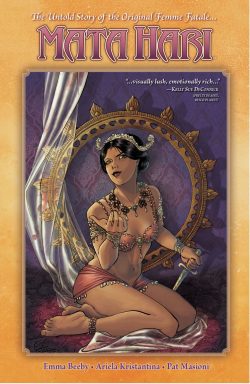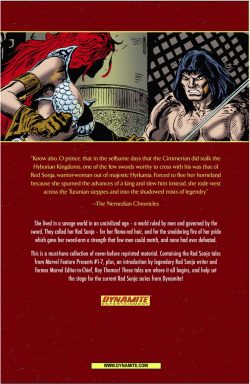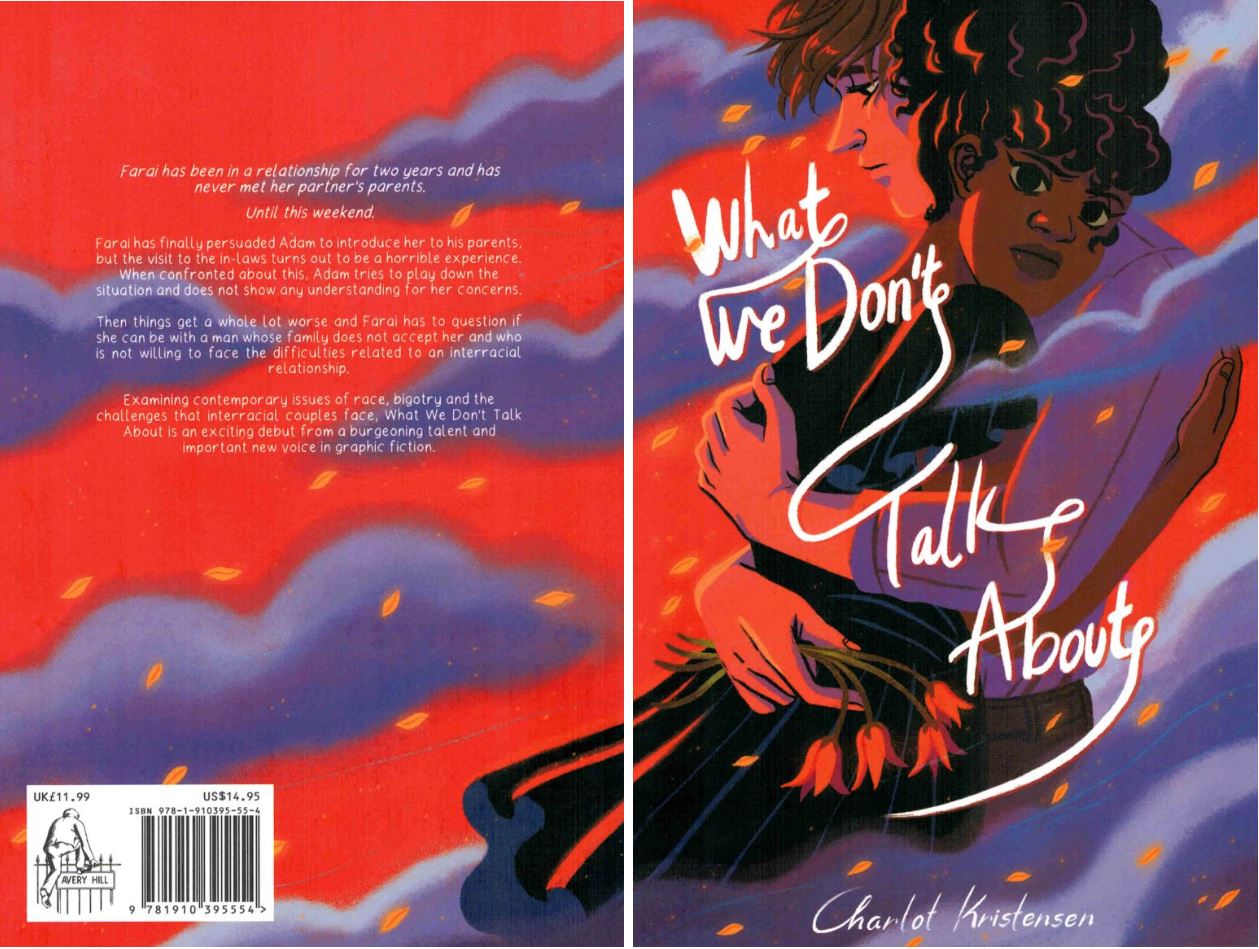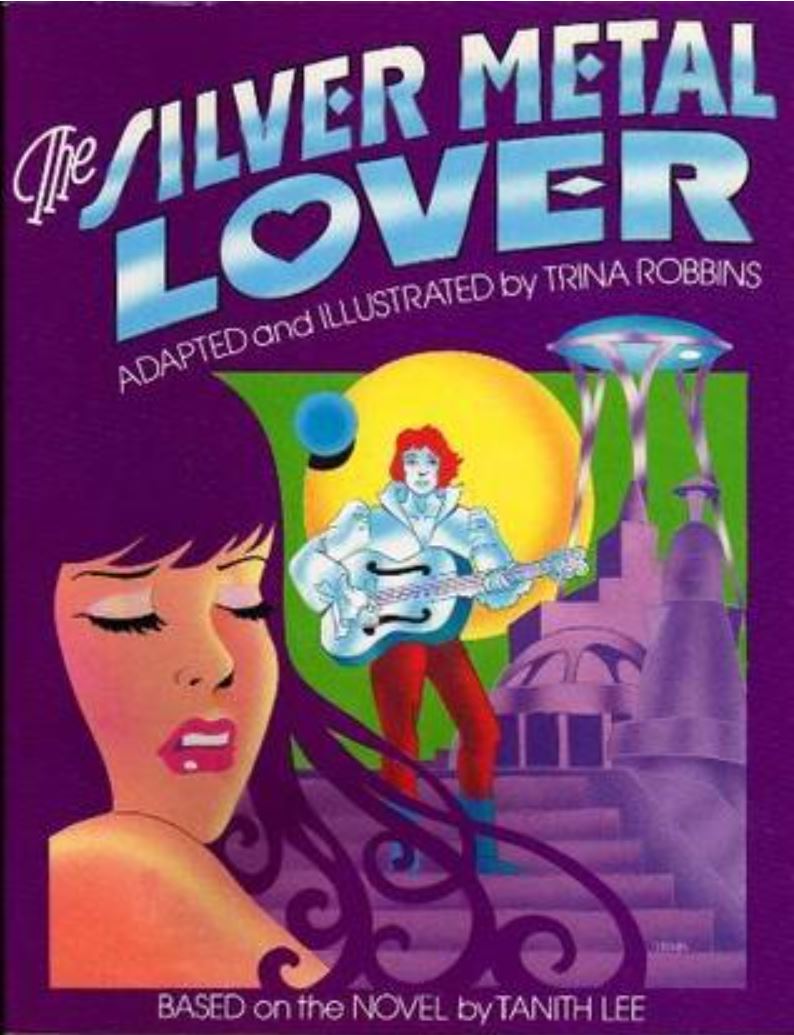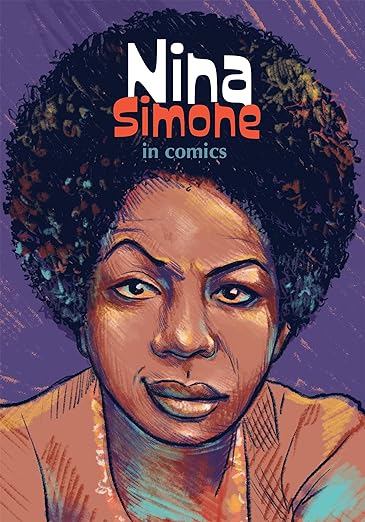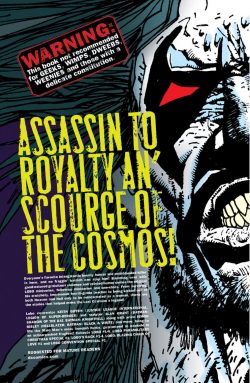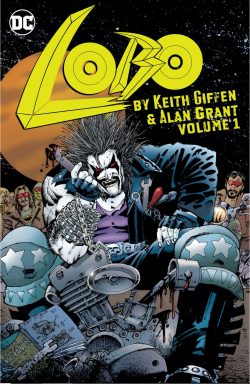
By Emma, translated by Una Dimitrijevic (Seven Stories Press)
ISBN: 978-1-60980-956-0 (TPB) eISBN: 978-160980-957-7
It has never been a fair world, although it’s a concept we all apparently aspire to create – at least in public. In recent years, many people have sought to address imbalances between the roles and burdens of men and women in a civil cohesive society, but the first problem they all hit was simply how to state the problems in terms all sides could understand and would accept. We have a lot more names and concepts to utilise now in discourse, but none of the difficulties seem to have diminished…
In 2018, software engineer, cartoonist and columnist Emma crafted a book of strips reflecting upon social issues particularly affecting women and dissecting The Mental Load – all the unacknowledged, unavoidable unpaid invisible crap that makes up and comes with almost all modern relationships and revealing how most of that overwhelming, burdensome life-tonnage inescapably settles on one side of the bed in most households…
The book – and the strips from it published in The Guardian – caused quite a commotion and as much whiny, pseudo-scientific, apologist and – let’s be frank and use a pejorative term – bitchy trollish kickback as you’d expect from all the old familiar places, so she came back with further explanations and revelations in searingly brilliant follow-up The Emotional Load and Other Invisible Stuff.
Because a large proportion of privileged humans who won the genital lottery don’t really give a damn about other people’s woes – especially if the food keeps coming and the appropriate drawers magically refill with clean clothes and groceries – I fear there’s a segment of truly needful folk who won’t benefit from Emma’s treatises, anecdotes, statistics and life-changing stories, but since many guys are honestly clueless and baffled but say they’re willing to adapt, maybe enough of us will give pause and thought a chance.
Best of all, most women reading this will realise it’s not just them feeling the way they do and might risk starting a conversation with their significant others, or at the very least, talk to other women and organise together…
Working in the manner of the very best observational stand-up comedy, Emma forensically identifies an issue prior to dissecting it: offering advice, suggestions and a wearily humorous perspective. Here that’s subdivided into chapters opening with personally autobiographical essay ‘It’s Not Right, But…’, wittily exploring the concept of consent for women and revealing how, at age 8, Emma first learned it was regarded as perfectly normal for men to bother girls…
That debate over sexual independence and autonomy in established relationships is then expanded in ‘A Role to Play’ before seemingly diverging off topic (but don’t be fooled) with ‘The Story of a Guardian of the Peace’. This cartoon saga traces the life of honest cop Eric and how he fared over years of trying to treat suspects and villains as fellow human beings in a system expressly created to suppress all forms of dissent and disagreement.
The oppressive demarcation of family duties and necessary efforts are then dissected into Productive and Reproductive Labor roles via the salutary example of Wife & Mother ‘Michelle’…
‘The Power of Love’ deftly explores how women are implicitly expected to police the emotional wellbeing of all those around them, and the crushing affect that unasked-for burden has on mental wellbeing before the irrelevant and shabbily sanctimonious “not all men” defence resurfaces – and is potently sent packing – in ‘Consequences’, with a frankly chilling reckoning of the so-different mental preparations needed for men and women to go about their daily, ordinary lives…
As previously stated The Mental Load caused many ructions when it first gained popular attention and ‘It’s All in Your Head’ deftly summarises reactions, repercussions, defanging, belittlement, dismissal and ultimate sidelining of those revelations – particularly in relation to sexual choice and autonomy – with a barrage of damning quotes from France’s political and industrial elites. ‘Sunday Evenings’ then traces the history of work by oppressed underclasses – like women – and the gaslighting head games employed to keep all toilers off-balance, miserable and guilt-crushed and comfortably, beneficially oppressed.
These hopefully life-altering cartoon lectures conclude with an exposé of the most insidious form of social oppression as ‘Just Being Nice’ outlines tactics and effects of sneakily debilitating Benevolent Sexism; and yes, old gits from my generation – including me – thought it was okay to do it if we called it “chivalry” or “gallantry”…
Reinforced and backed up by a copious ‘Bibliography’ for further research (and probably fuelling some more carping niggles from unrepentant buttheads) and packed with telling examples from sociological and anthropological studies as well as buckets of irrefutable statistics, The Emotional Load is a smart, subversively clever examination of the roles women have been grudgingly awarded or allowed by a still overtly male-centric society, but amidst the many moments that will have any decent human weeping in empathy or raging in impotent fury, there are decisive points where a little knowledge and a smattering of honest willingness to listen and change could work bloody miracles…
Buy this book, pay attention and learn some stuff. Be better, and to all the women and girls, please accept my earnest apologies on behalf of myself, my generation, its offspring and probably my entire gender.
© 2018, 2020 by Emma. English translation © 2020 by Una Dimitrijevic. All rights reserved.


